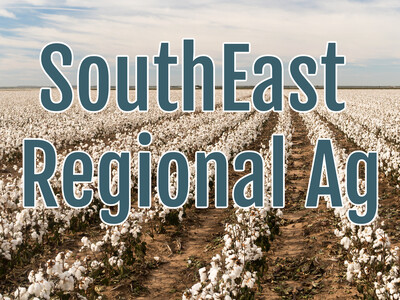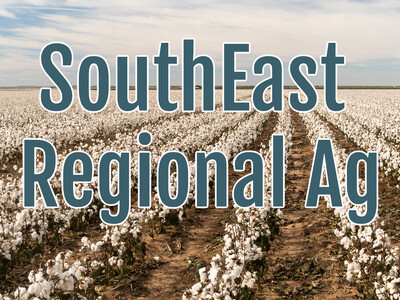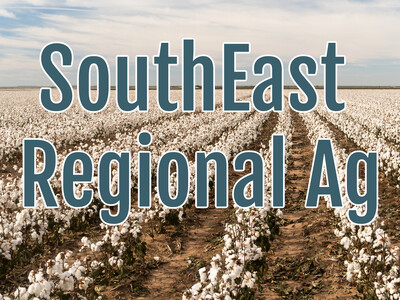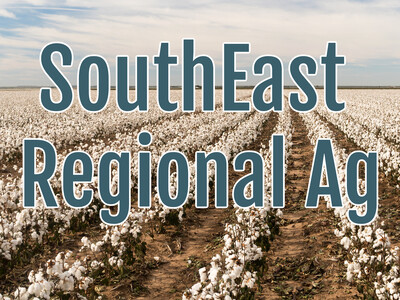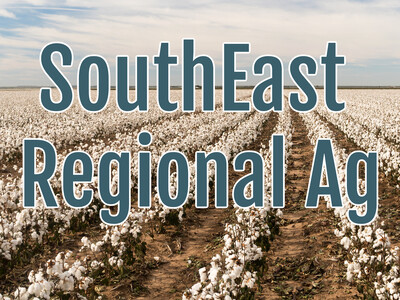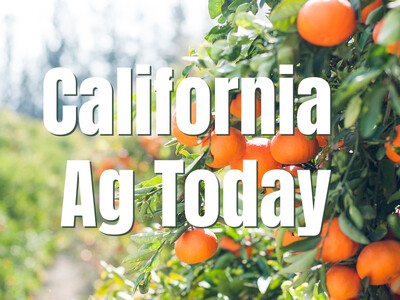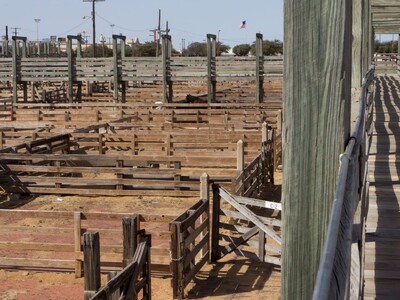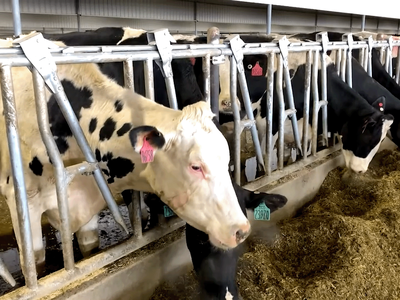Storm Impact on Ag Markets
Hurricane Ida marked the fourth hurricane of the 2021 Atlantic season.
Farmers from the central plains to the southeast will likely feel long-term the damaging effects of Ida.
KNOX: “An issue that is not a direct influence on agriculture in the southeast but is a big problem is that Hurricane Ida coming onshore in eastern Lousiana damage a lot of storage and transportation facilities which means it’s really bottlenecked a lot of the grain that’s been coming down from the central part of the US and so that’s really messed up the markets. So even though the weather didn’t affect us too much directly, it really caused a big impact on the markets. And that’s something farmers have to worry about because they have to sell what they grow.”
Pam Knox, University of Georgia Agricultural Climatologist recapping the impacts of this season’s weather during a monthly Southeast Climate webinar.
Ida threatened crop yields due to physical destruction and grain shipments due to port closures.
The region directly impacted by heavy rains and flooding spans over 15 states. The American Farm Bureau Federation says the region is responsible for 14% of agriculture commodity production valued at close to $52 billion in direct agricultural receipts.
Close to 60 percent of the country’s cereal grains typically go through Louisiana. Some grain shipments were rerouted from the Midwest out to ports on the Pacific. That, of course, costs more money and delays. Unexpected delays and port closures while short, may not just limit recent shipping agreements of agricultural goods, but may also cause foreign partners to view U.S. products as less reliable according to the Farm Bureau.




